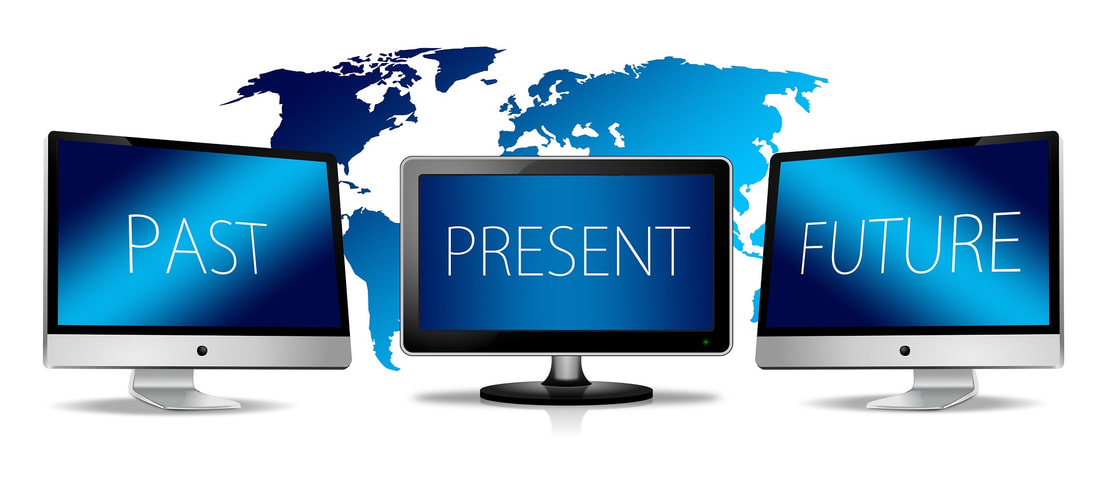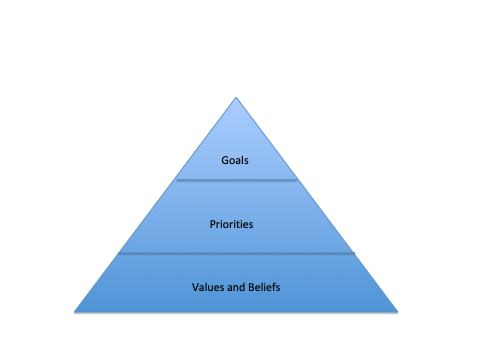|
As we emerge from a two-year COVID blur, most of us want to put COVID in the memory vault and focus on the things we have been missing. COVID changed everything. Maybe your family was affected by the loss of a loved one, your business closed for good or your child’s education was severely impacted due to remote learning. It will take years to pick up the pieces and get back on track. What have you learned from COVID? What have you learned about yourself?
Unfortunately for many, the isolation from friends, family and coworkers over the past two years may be the collateral damage of COVID. Our ability to interact socially needs repair. Studies have shown that the lack of social interaction can lead to depression, high blood pressure and even Alzheimer’s. It is time to forge a plan to get back out there. Go into the office and interact w/ coworkers, rekindle old friendships, host a family dinner or volunteer in any capacity you can. Make it a priority to interact with people. It may be awkward at first since COVID has taught us that social media can be a substitute for personal interaction. Don’t let this virus define who we are going forward. We won! We beat COVID. Let’s celebrate the victory and move forward! Dan ([email protected])
0 Comments
As the trees turn colors, temperatures get cooler, and the days get shorter; the summer seems like a long and distant memory. As we reflect on the past 5 months, what were your accomplishments? Did you visit an old familiar location or explore a new one, spend time with old and new friends, welcome new family members or rekindle strained relationships? Most likely you changed your life in some way. We must change and evolve as we travel through life. Old memories may get a bit blurry and new experiences become your focus and the catalyst for moving forward.
As the last leave falls from the trees and people begin to settle in for the long winter, it can be a great time to assess where you are today and how you move forward next spring. Are you satisfied with your current career choice? Does your job allow you to exercise your passion? Are you making a difference? Maybe you are approaching the end of your ‘working’ life and you are considering retirement? Do you have a plan? The winter can be a wonderful time to embrace the quiet and really think about how you want to change or enhance your life. Maybe the winter allows you some additional free time to explore a new hobby, find an organization that would welcome your involvement or just some time to finally clean out the closets. Try not to waste this opportunity and find time to take care of yourself both physically and mentally. As the winter represents the end, the spring represents the beginning. How will you plan for the beginning in a few short months? Much of the country is hooked on the TV show, “This Is US” which chronicles the Pearson family across the decades: from Jack (Milo Ventimiglia) and Rebecca (Mandy Moore) as young parents in the 1980s to their adult kids - Kevin (Justin Hartley), Kate (Chrissy Metz) and Randall (Sterling K. Brown) - searching for love and fulfillment in the present day. This grounded, life-affirming dramedy reveals how the tiniest events in our lives impact who we become, and how the connections we share with each other can transcend time, distance and even death.
The show uses the power of flashback, present day and flashforward to show the impact decisions make in life, good or bad. We are all familiar with shows in the present day and flashbacks have been a common way to show the viewers what contributed to the character’s situation. Flashforward gives the users a peek into that will be and what the future has instore for the characters. The technique to tell a story was made famous by Charles Dickens, “A Christmas Carol” where Ebenezer Scrooge had the opportunity to see the past, present and future all in one night. What if you could see your “future self” and how would you use this information in your present life? As a career and leadership coach, I often use an activity I call “Your Future Self” I ask the client to close their eyes an envision their lives the future. I will then ask them questions for a specific year (i.e 2035) and they are to answer the questions as if it were that year. I would ask them about their career, family, achievements and contributions they made thus far. We will discuss the choices they made and any impact of current day decisions is having on the future. The goal is to get the client to ‘see’ what their life could be in the future and what needs to be accomplished to get there. By seeing the future the client can make a plan to achieve their goals. Without a vision it is difficult to see where you want to go. How will you know if you are on track and how will you know what is important and unimportant in your life? As in “This Is Us”, the smallest decision could have the greatest impact on your life. As a software development manager, the way I manage my development team is influenced by the game of baseball. A baseball team is a collection of players asked to function as a unit to compete against their competitors. Sounds like a mission in a development team doesn’t it? The baseball manager’s job is to assemble the best players who offer the greatest chance of success. So how is managing a baseball team like managing a development team?
A baseball team must consist of talented and versatile athletes to be successful. Development managers need to assemble employees with the needed technical skills. A baseball scout travels from city to city in search of top prospects. The development manager seeks the most talented employees by recruiting from the best colleges and universities. On a baseball team, it is important to have a combination of veteran and rookie players. This creates an environment where rookies can learn from the seasoned players. The same is true in the development organization. Managers hire recently graduated students with sought after skills and the ability to learn from experienced employees. The baseball manager needs to assemble a team with diverse talents to meet the requirements of the various positions on the field. Having a team of all catchers is not practical and will not result in a successful season. The same holds true for a development manager. A manager may not need 18 programmers on your team but a mix of programmers, project managers, IT specialists and analysts. Both the development and baseball teams need members that put the needs of the team over individual results. The atmosphere in the clubhouse is critical to the success of a baseball team. It allows the team to unite on a common goal. The morale of a development team is critical to be able to deliver a product or service on time and with quality. The role of the baseball manager is to consider what is best for the team over the long season. The manager needs a 'bench' of available players poised to relieve starting players at a moments notice due to overwork or injury. Baseball mangers must know when to substitute a replacement pitcher from the bullpen to preserve his starter. Development managers must also be careful not to over work his employees resulting in burnout. The manager needs to allow employees time off to preserve their mental and physical health. In baseball, managers compensate the top players for their potential and past contributions. The same is true for the development team. Managers must compensate the top technical employees for their contributions and potential. This will help avoid employees leaving to a competing company. The baseball player belongs to the community in which they play. Baseball players often reach out to the community for charity and public relation purposes. As an employee, they too need to represent the company for which they work in a good light on and off the ‘field’. Finally, it may be necessary to cut a player who is not living up to a manager’s expectation. The same is true for employees who are not performing at a level necessary to help the organization reach their business goals. In baseball and business, the manager needs to put the best team on the field. The manager needs to assemble the finest, most talented set of individuals and treat them with respect. Play Ball. -Coach Dan (Sapphire Coaching) As I wrote in my post last week, Say Good-bye to Resolutions and Hello to Goals for 2019, I highlighted the importance of creating good quality goals for 2019. But what is a quality goal? I mentioned using the SMART method to create solid goals but how do you decide which goals to pursue? As a career coach, I get asked this question often. Clients understand the mechanics of creating a quality goals, but struggle with selecting the areas of their life that needs attention. I devised a simple diagram to help foster a conversation. The result is the client's awareness of where to make a change. I call this the Goal Pyramid. · The base section of the pyramid contains the client's Values and Beliefs. They represent the core of who we are and identifies what is important in our life. Our values and beliefs influence our attitudes and therefore our behaviors.
· The middle section contains our Priorities. Priorities represent our actions we exhibit on a day to day basis. This exercise allows us to see if our priorities in life are aligned with our values. If they are not, this is a good place to consider goals for 2019. · The top of the Pyramid represents our Goals. Based on our values and priorities, it is now time to determine what changes or adjustments we want to make in our life. What are the focus areas in your life for 2019? Visualize how your life would be if you were to achieve your goals (big or small). How does it look? Setting the right goals is critical to achieving your vision of the future. When creating goals, define goals that will result in a major impact on your life. Include goals that help address smaller ambitions as well. Set checkpoints every one or two months to track your progress and tweak if necessary for over zealous projections or incorrect assumptions. Make 2019 the year your vision comes more in focus. Good luck. |
Proudly powered by Weebly





